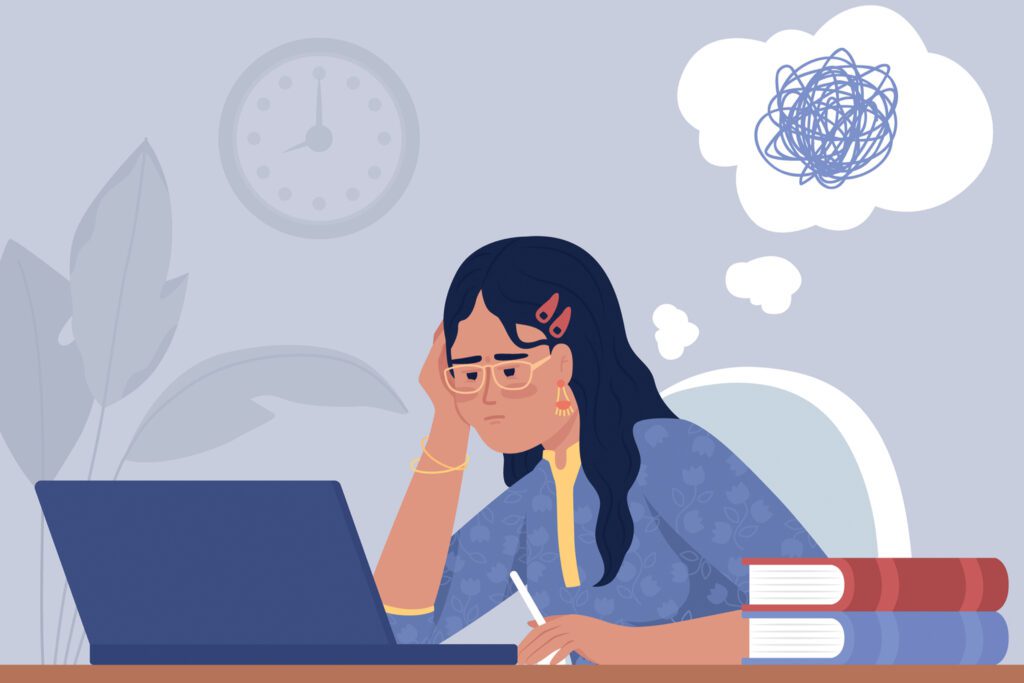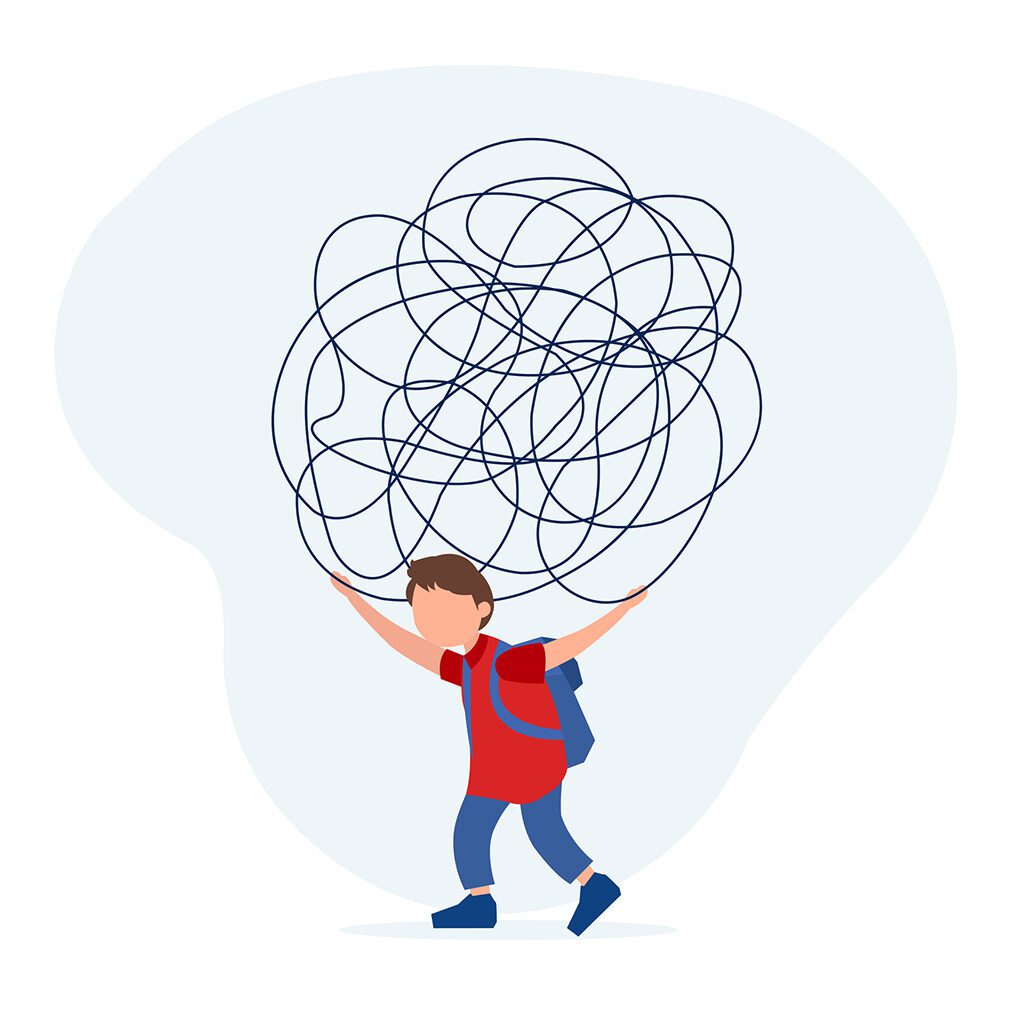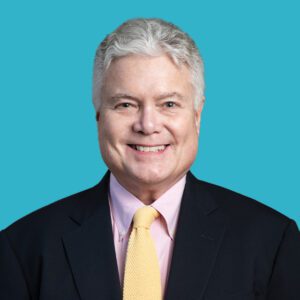Attention Deficit Hyperactivity Disorder (ADHD)
One of the best-researched disorders in psychology, Attention Deficit Hyperactivity Disorder (ADHD) affects between five and eight percent of school-age children, but it is considered a life-span disorder, as approximately four percent of adults are also affected.


Its signature symptoms of inattention, hyperactivity, and impulsivity, if left untreated, can lead to failure in school, stress in families, problems with relationships, as well as substance abuse, delinquency, and risk for accidental injuries. In 1902, ADHD became recognized as a brain-based disorder rather than a problem of poor child rearing. The thousands of scientific papers written since then have led to a better understanding of the disorder and to more effective treatment of the symptoms, but much more education is needed.
Casual and Contributing Factors
According to the Children and Adults with ADHD (CHADD) organization, Attention Deficit Hyperactivity Disorder tends to run in families, meaning its transmission is largely genetic. However, Dr. Edward “Ned” Hallowell, psychiatrist and founder of the Hallowell Center for Cognitive and Emotional Health, writes, “It is not ADHD that is inherited but rather a predisposition toward developing it.” In addition, low birth weight, prenatal maternal smoking, and other prenatal problems can also be contributing factors. While parenting styles are not the cause of ADHD, they may exacerbate the symptoms of ADHD. Parents also need to be aware of environmental factors, such as television viewing, that can negatively impact all children, especially those predisposed to ADHD, and which can increase the likelihood of developing the disorder.
The Name Says It All
The initials “ADHD” really say it all when it comes to the defining symptoms of this disorder. The inattention, hyperactivity, and impulsivity associated with ADHD typically appear in early childhood. But here too, Dr. Hallowell emphasizes that it is not a deficit or lack of attention in children with ADHD, but rather a “wandering of attention.” The behavior of those with ADHD may be more like that of younger children.
As recent studies show, ADHD impacts the life of the individual because the disorder affects key functions of the brain that “activate, organize, integrate, and manage other functions.” Left untreated, the child, and ultimately the adult, is likely to have difficulty in academic and career settings.
It is not uncommon for those with ADHD to also be diagnosed with conditions such as depression, anxiety, or learning disabilities. George Fincher, Ed. D., a member of the ChattCHADD Professional Advisory Board and psychologist with the Chattanooga Behavioral Center, states that children with performance difficulties often become depressed and anxious as a result of not being able to perform as well as they know they can. When their ADHD is diagnosed and appropriate treatment is prescribed, the issues of depression and anxiety disappear because the actual cause, rather than the symptoms, is being treated.
The Diagnosis Puzzle
There is no single test to diagnose ADHD. Instead, a comprehensive examination is needed, as is input from a variety of sources. Among the pieces of the puzzle necessary to make a positive diagnosis is a careful history which should come from parents, teachers, and the child. In addition, a medical examination and a clinical assessment must be made. The clinical assessment should include academic, social, and emotional functioning, as well as a determination of the development level of the child. The diagnosis may come from the school psychologist, a clinical psychologist, or a clinical social worker, plus a medical exam. Fincher insists that performance measurements are critical in making a good diagnosis. School faculty members are often not trained to recognize ADHD, and sometimes even pediatricians are uncomfortable making the diagnosis, according to Fincher who says, “Without a good diagnosis, there is no good treatment.”
Treatment with Medication
While medication does not cure ADHD, it is an effective way to alleviate the symptoms. Side effects of the most commonly prescribed medications are relatively mild and typically short-term.
Psychostimulants are the most widely used class of medication for the management of ADHD-related symptoms. As many as 70 to 80 percent of children realize an increase in attention, concentration, and effort, while also experiencing a decrease in activity levels, impulsivity, and negativity. Only a medical doctor can prescribe medication, and medical trials are necessary to determine the appropriate dosage for each individual. The psychostimulants often prescribed do not work by stimulating, as the name suggests, but rather by improving the communication of the nerve cell networks in the brain. Effective longer-acting formulations of stimulants are now available, and they seem preferable, as they reduce the ups and downs of the previous medications.
Among the medications most often prescribed for the symptoms of ADHD are methylphenidates such as Ritalin, amphetamine products such as Adderall, and dextroamphetmines such as Dexedrine. Antihypertensives are sometimes prescribed, as are antidepressants, which are used less frequently, but which have been shown to be effective. In 2002 the FDA approved atomoxetine (Strattera) for ADHD; however, when any of these medications is used, stimulants are contraindicated, prove ineffective, or produce unacceptable side effects.
Psychosocial Treatment
Behavior management is the other side of the multimodal approach to dealing with the symptoms of ADHD. Some effective techniques include being consistent, using positive reinforcement, and teaching problem-solving, communication, and self-advocacy skills. The ABCs of behavior modification are stated as:
- Antecedents: things that set off or happen before behaviors
- Behaviors: things the child does that parents and teachers want to change
- Consequences: things that happen after behaviors
The keys in all three components are to incorporate goals that the child can accomplish in small steps, to be consistent in all situations and settings, to implement techniques over time, to recognize that teaching and learning new skills takes time, and to realize that improvement will be gradual.
Adding psychosocial treatments to a medication program results in an effective treatment for many children with ADHD. The benefits of the combination include a lessening in the intensity of behavioral modification, as well as a reduction in medication.
No one treatment plan fits everyone, making a thorough assessment and examination a critical component to successfully managing the symptoms of ADHD. Whether deciding to treat the disorder with medication alone or choosing to add a psychosocial treatment to the plan, each family must make the choice that is best for them.
Education, Advocacy, and Support



While choosing the right treatment plan is critical, families must also seek support from others who are part of the child’s world, such as teachers and counselors. At school, classroom modifications and behavioral interventions can be important parts of the success of the student. Parents need to be aware not only of the student’s rights, but also to become informed about special education services that are available. The involvement of parents through their own education about ADHD, as well as helping the child understand his disorder and treatment, provides a positive way to assist the child in becoming a part of his own success story.
Parents need to be advocates, serving as their child’s case manager, working with the child at home, and learning the tools of effective behavior management. In addition, parents can join support groups within the community and seek professional help in order to get training in dealing with consistency, setting limits, and appropriate discipline, as well as getting encouragement from other parents.
Additional Dilemmas of Teens
While choosing the right treatment plan is critical, families must also seek support from others who are part of the child’s world, such as teachers and counselors. At school, classroom modifications and behavioral interventions can be important parts of the success of the student. Parents need to be aware not only of the student’s rights, but also to become informed about special education services that are available. The involvement of parents through their own education about ADHD, as well as helping the child understand his disorder and treatment, provides a positive way to assist the child in becoming a part of his own success story.
Parents need to be advocates, serving as their child’s case manager, working with the child at home, and learning the tools of effective behavior management. In addition, parents can join support groups within the community and seek professional help in order to get training in dealing with consistency, setting limits, and appropriate discipline, as well as getting encouragement from other parents.
Putting the Pieces Together
Although Attention Deficit Hyperactivity Disorder remains a puzzling condition with multiple symptoms and complications, the good news is that the number of resources continues to increase as additional research is conducted. The children who are affected by ADHD, as well as their parents and teachers, have hope and help for positive treatment and a productive life.



Dr. Edward "Ned" Hallowell
Psychiatrist and Founder, Hallowell Center for Cognitive and Emotional Health

